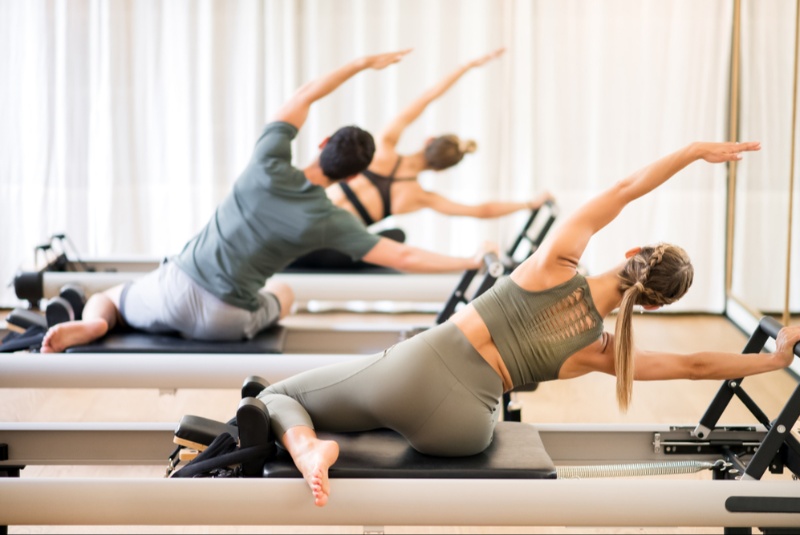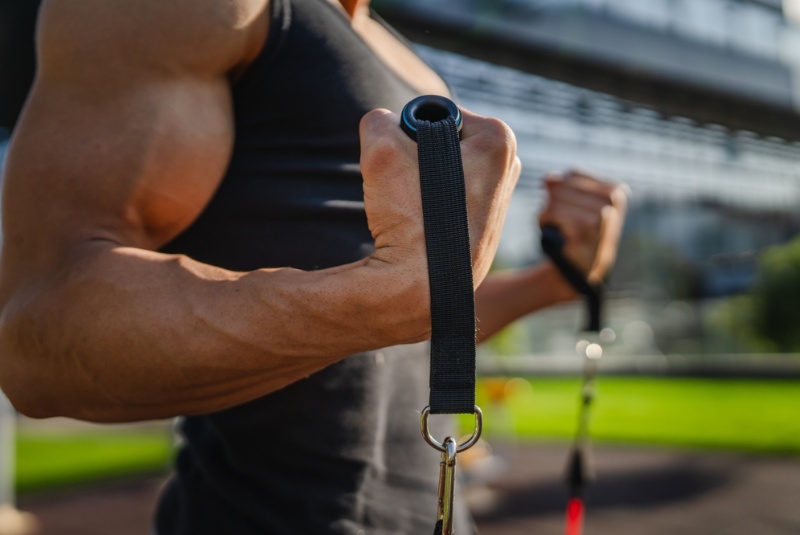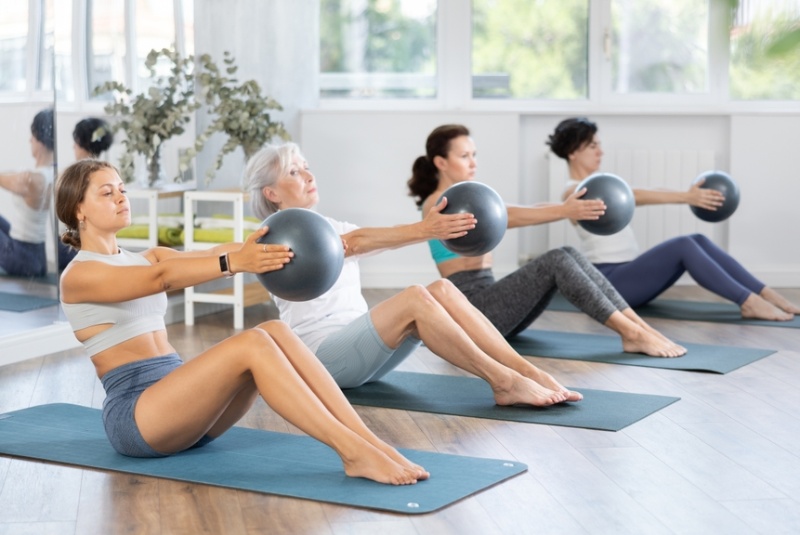Maintaining healthy joints is crucial for ensuring mobility, flexibility, and overall well-being. Regular exercise can significantly contribute to joint health by strengthening the muscles around the joints, increasing bone density, and improving balance. However, not all exercises are beneficial for your joints; some can cause more harm than good. This article highlights the best exercises designed to support and enhance joint health, allowing you to stay active and pain-free.
Low-Impact Cardiovascular Exercises
Low-impact cardiovascular exercises are excellent for improving blood circulation to the joints and increasing heart health without putting too much strain on your joints. Walking, swimming, and cycling are prime examples. Walking provides a gentle workout for your joints, suitable for all fitness levels. Swimming, often referred to as the perfect joint-friendly exercise, minimizes joint stress due to the buoyancy of water. Cycling, whether stationary or outdoor, is another low-impact exercise that promotes joint mobility, particularly in the knees, without bearing heavy loads.
Strength Training for Joint Support
Strength training is vital for building the muscles that support your joints, which, in turn, reduces the burden on your joints themselves. Focus on exercises that target the major muscle groups surrounding your key joints, including the shoulders, hips, knees, and ankles. Utilizing resistance bands, free weights, or bodyweight exercises like squats, lunges, and leg presses can effectively strengthen these areas without unnecessary stress on the joints.
Yoga and Flexibility Exercises
Yoga is a multifaceted approach to exercise that combines strength, flexibility, and mental well-being. The gentle stretching movements involved in yoga can improve joint flexibility and range of motion, reduce stiffness, and even alleviate joint pain. Poses like the Warrior, Tree, and Cobra are especially beneficial for enhancing joint health. Regularly practicing yoga or other flexibility exercises ensures that your joints remain supple and less prone to injuries.
Pilates for Core Strength and Stability
Pilates focuses on strengthening the core, improving posture, and increasing flexibility, all of which contribute to better joint health. A strong core ensures that your body is properly aligned, reducing the likelihood of unnecessary strain on your joints. Pilates exercises, performed on a mat or with specialized equipment, can be adjusted to accommodate different fitness levels and joint sensitivities, making it an excellent choice for those looking to enhance joint health through low-impact activity.

Tai Chi: The Moving Meditation
Tai Chi, often described as meditation in motion, is a low-impact, slow-motion exercise that emphasizes gentle movements, deep breathing, and mindfulness. Its slow, deliberate movements enhance balance, control, and flexibility, reducing the risk of joint injuries. Tai Chi is particularly beneficial for older adults, as it improves joint health while minimizing the risk of falls.
Aquatic Exercises for Reduced Joint Stress
Aquatic exercises, performed in a pool, utilize water's natural resistance to strengthen muscles and improve joint function without significant impact. Water aerobics, aqua jogging, and swimming laps can significantly benefit those with joint pain or arthritis, as the buoyancy of water reduces weight-bearing stress, allowing for a comfortable and effective workout.
Stretching: Essential for Joint Mobility
Incorporating stretching into your exercise routine is essential for maintaining joint mobility and preventing stiffness. Dynamic stretches, performed as part of a warm-up, prepare the joints for activity by improving blood flow. Static stretches, done after exercising, help maintain flexibility and range of motion. Regular stretching can prevent injuries and ensure that your joints function optimally.
Balance and Stability Workouts
Exercises that improve balance and stability are crucial for protecting the joints by reducing the risk of falls and injuries. Simple balance exercises, such as standing on one leg or using a balance board, can significantly improve your stability. These exercises strengthen the muscles around your joints, making them more resilient and less prone to injury.
Functional Movement Exercises
Functional movement exercises mimic everyday actions, helping to prepare your body for common movements while reducing the risk of joint stress. These exercises, including squats, lunges, and step-ups, improve strength, balance, and flexibility in a way that benefits your daily activities. Incorporating functional movements into your routine can ensure that your joints are equipped to handle everyday stress safely and efficiently.
Monitoring and Adjusting Your Exercise Routine
It's vital to monitor your body's response to your exercise routine and make adjustments as needed for optimal joint health. Pay attention to any discomfort or pain in your joints during or after workouts, as these can be indicators that you need to modify your activity. Alternating between different types of exercises can help prevent overuse injuries and ensure that all muscle groups are evenly strengthened. Additionally, incorporating rest days into your routine allows your joints and muscles to recover, reducing the risk of strain. Remember, the goal of exercising for joint health is to improve mobility and strength without causing harm, so be mindful of your body's signals and adjust your activities accordingly.
Maintaining healthy joints is essential for leading an active, pain-free life. The exercises outlined in this article are designed to strengthen the muscles around the joints, improve flexibility, and enhance overall joint function. By incorporating a variety of low-impact cardiovascular exercises, strength training, flexibility, and balance workouts into your routine, you can support your joint health and enjoy an active lifestyle for years to come. Remember, it's important to listen to your body and consult with a healthcare professional before starting any new exercise program, especially if you have existing joint issues.




